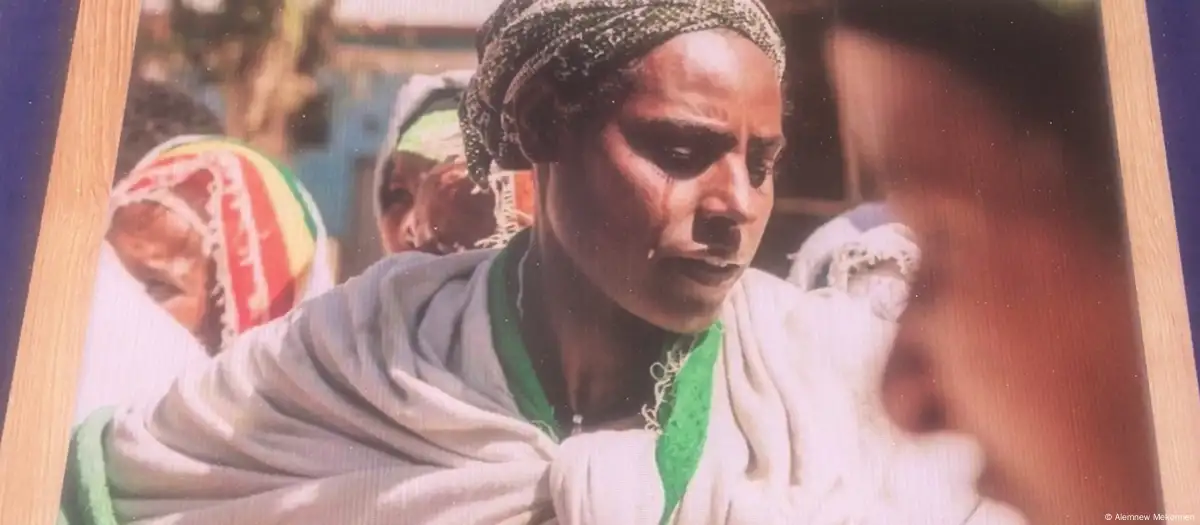
The Amhara people, one of Ethiopia’s largest ethnic groups, have historically played a significant role in shaping the country’s political, cultural, and social fabric. Despite this, the Amhara have faced increasing political marginalization over recent decades. Understanding this exclusion requires a nuanced examination of Ethiopia’s modern history, governance structures, and ethnic dynamics.
Historical Context and the Rise of Ethnic Federalism
The 1991 ascension of the Ethiopian People’s Revolutionary Democratic Front (EPRDF), led predominantly by the Tigray People’s Liberation Front (TPLF), marked a seismic shift in Ethiopia’s political structure. The TPLF established an ethnic federal system that divided the country into regional states based on ethnicity. This governance model purportedly aimed to empower Ethiopia’s diverse ethnic groups. However, it often deepened divisions and created systemic inequalities.
For the Amhara, this system became a double-edged sword. While they were recognized as a distinct ethnic group with their own regional state, Amhara political representation within the federal structure was systematically undermined. The federal framework’s emphasis on ethnic identity frequently positioned the Amhara as historical oppressors, a narrative that marginalized their political agency and stoked resentment from other groups.
Key Factors in Amhara Marginalization
1. Redrawing of Borders and Territorial Disputes
One of the most contentious issues has been the redrawing of administrative boundaries. During the early years of the TPLF-led government, territories such as Welkait, Tegede, and Humera, historically associated with the Amhara region, were incorporated into the Tigray region. This annexation not only sparked disputes but also displaced Amhara communities and diminished their territorial claims.
2. Political Exclusion
The EPRDF’s political framework marginalized Amhara leaders by relegating them to subordinate roles or silencing dissenting voices. Many Amhara intellectuals and activists who questioned the TPLF’s dominance or the ethnic federal system faced persecution, imprisonment, or exile. This exclusion persisted even after the fall of the TPLF’s dominance in 2018.
3. Violence and Displacement
Amhara communities have been frequent targets of ethnic violence, particularly in regions like Oromia and Benishangul-Gumuz. These attacks, often involving mass killings and displacement, have been linked to decades of policies that fostered ethnic divisions. Many Amhara advocacy groups argue that these atrocities are part of a broader strategy to weaken their demographic and political influence.
4. Narrative Manipulation
The TPLF-era political discourse framed the Amhara as historical oppressors responsible for Ethiopia’s centralized governance under previous regimes. This narrative not only vilified the Amhara but also justified their exclusion from meaningful participation in Ethiopia’s contemporary governance structures.
The Post-2018 Era: Promises and Challenges
The rise of Prime Minister Abiy Ahmed in 2018 brought hope for reform. His administration’s rhetoric emphasized unity and reconciliation, and the dissolution of the EPRDF coalition appeared to signal a move away from ethnic-based politics. However, the reality has been far more complex.
Amhara Grievances in the Current Landscape
While Abiy’s government has made strides in addressing some ethnic tensions, Amhara activists argue that their communities remain disproportionately vulnerable. Issues such as unresolved territorial disputes, ongoing ethnic violence, and limited political representation continue to fuel grievances. Moreover, the conflict between the federal government and the TPLF, culminating in the Tigray War (2020-2022), exposed the fragility of Ethiopia’s unity and further destabilized Amhara regions.
Toward Equitable Representation
Addressing the exclusion of the Amhara requires comprehensive reforms and a commitment to equitable governance. Key measures include:
- Constitutional Reform: Revisiting Ethiopia’s ethnic federalism to ensure that it fosters inclusivity rather than division.
- Conflict Resolution: Establishing mechanisms to resolve territorial disputes and promote interethnic dialogue.
- Strengthening Rule of Law: Ensuring accountability for ethnic violence and protecting vulnerable communities.
- Inclusive Representation: Empowering Amhara political leaders and ensuring their voices are heard in national decision-making.
Conclusion
The political marginalization of the Amhara is emblematic of the broader challenges facing Ethiopia’s multiethnic society. While the Amhara have been pivotal in the country’s history, their exclusion underscores the urgent need for governance reforms that transcend ethnic divisions. Achieving this will require courage, dialogue, and a shared vision for Ethiopia’s future as a unified and equitable nation.

















